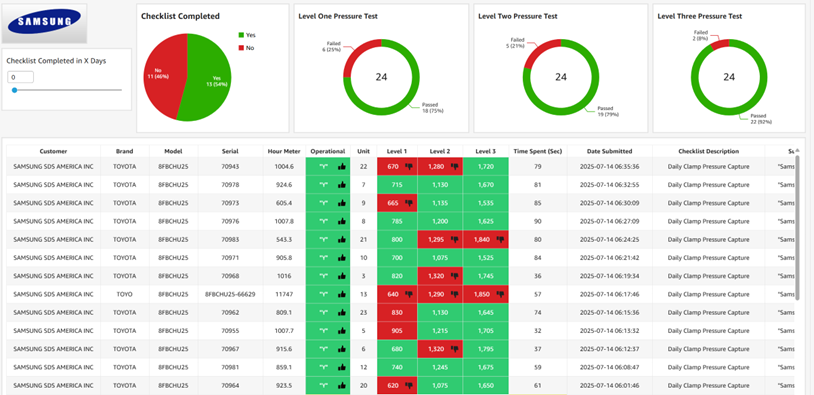Fleet Analytics: The Hive Enhances Identifying Root Cause
- Carolyn Walker

- Jul 8, 2022
- 3 min read
With rising inflation impacting companies’ bottom lines, operations and fleet managers have been tasked with looking for ways to reduce costs as quickly as possible. Although some of the most proactive leaders have been digging in for months to find areas where they can make changes, they still haven’t been able to catch the inflation wave early enough to raise the price of their products. Now, many are scrambling to find alternate ways to cut back, including saving on operational expenses.
Without good data, identifying items that can help your company gain the most cost savings is difficult. Leaders will often spend hours digging through unorganized data in an attempt to identify where to invest their time, which delays real actions to improve operations. However, strong data and analytics will help to drive leaders to focus on specific the areas of opportunity for cost saving initiatives.
Root Cause with a Real Customer
Recently, the Hive Quick Response team was helping a new customer review their maintenance history for a single location. The customer reported having seventeen units at this particular location, with a total of 300 units across the country. They reported that their annual spend on lift truck maintenance is $1.4 million spread over the 300 units—about $4667 per year per unit. While the customer did have some breakdown of maintenance specs for the units, as illustrated in the table below, there wasn’t quite enough information available for the customer to make a truly informed decision about the best place to reduce costs.

To help better grasp the root cause of the money spent on fleet maintenance, our team added these four key data points to track:
Repair cause (damage or routine);
Type of repair (PM, wheels/tires, hydraulic, electrical, attachment or mechanical);
Unit status (was the unit reported down or up upon placing the call); and
First visit fix (was the tech able to troubleshoot and repair during the first visit).
For this particular customer, the fleet manager is remote for multiple locations, making it difficult to perform this type of analysis without going to the site often. Once our team identified the high-cost units, with frequent damage the next steps to identify root cause issues were simply not available for a remote fleet manager. That’s where the Hive Quick Response app comes in. With the app, the fleet manager could easily see the service request, any reported issues, the unit status, how long the unit was down and images of the reported issues. Having the opportunity to get a clear picture like this of a service request right away, rather than being on site would be a game changer.
When we dug a little deeper with this customer, we learned that one class of unit in their fleet had had many wheels replaced over the course of its repairs. If the customer could have viewed the reported issue and image taken when placing the service request in Hive Quick Response, it would have been much easier to try to see if anything specific was causing the issue, such as debris on the floor around the unit in the image that would have been provided.
Without Hive Quick Response, there is often nothing to replace the “go and see” tactic where the work is done to understand root causes and how to make improvements. But by employing the app, fleet managers can significantly reduce costs as they identify root causes faster than ever before.
Learn more about the data Hive Quick Response offers that will enhance identifying root cause so you can have an impact on reducing costs and improving up time.







Comments